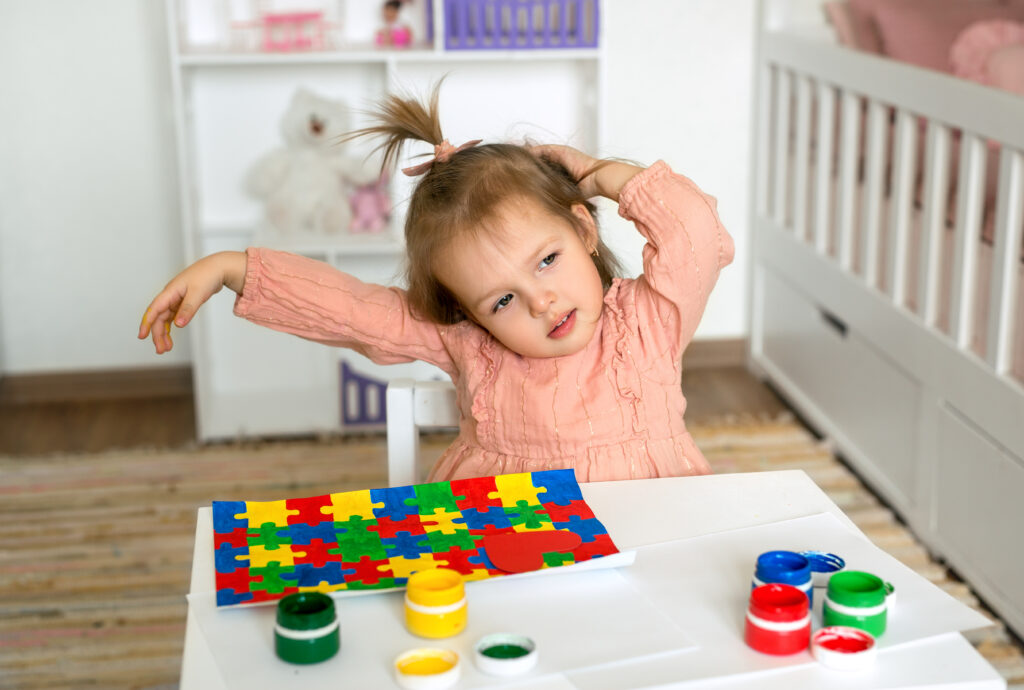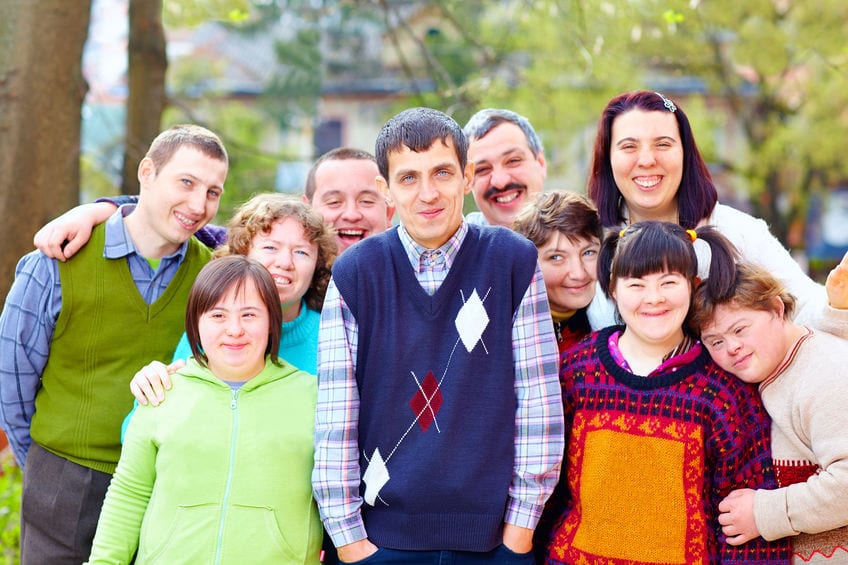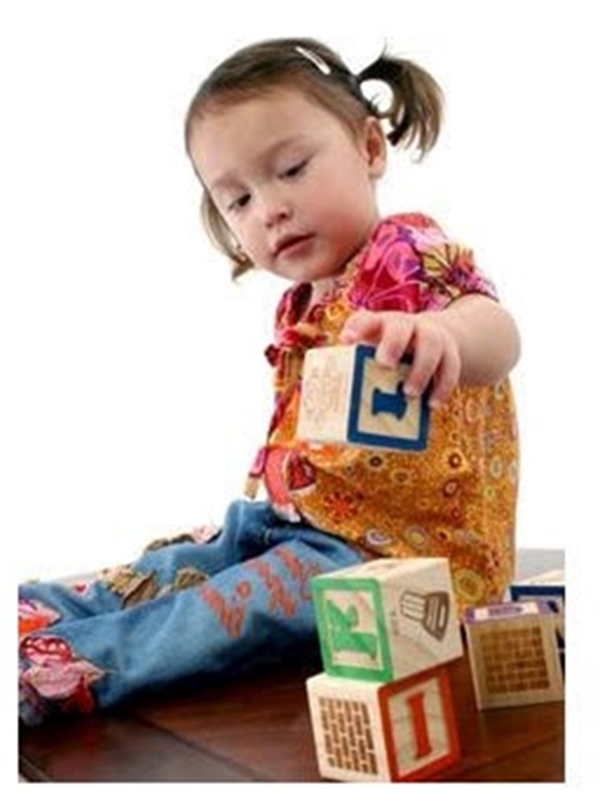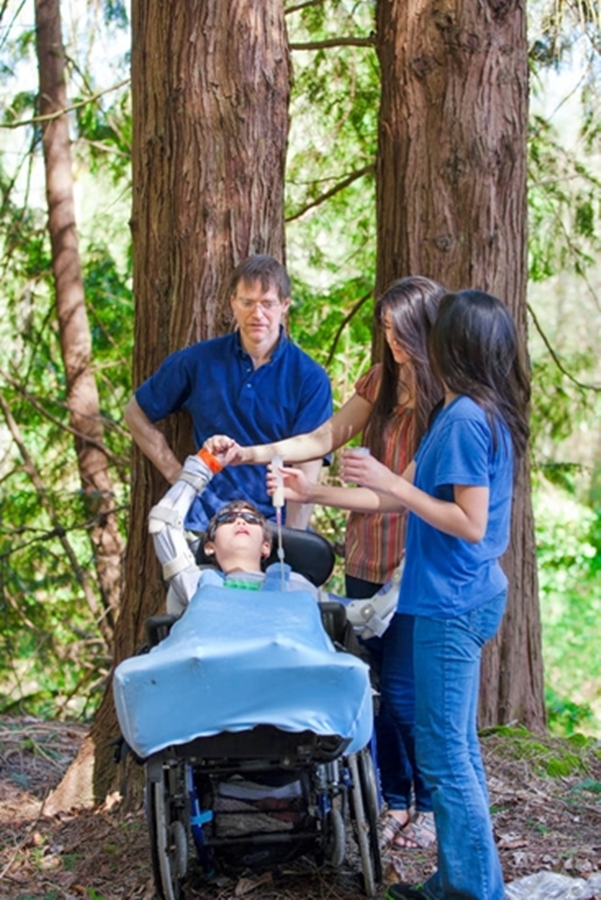Understanding Autistic Behavior
What Type of Social Situations Cause Problems for Individuals with Autism? Understanding autistic behavior requires insight into the challenges they face dealing with social interactions. Social issues are one of the most common symptoms in all types of ASD. People with ASD do not have just social “difficulties” like shyness. The social issues they have […]
Understanding Autistic Behavior Read More »







